We spent two nights in Braşov sightseeing. With historic buildings dotted around the city and medieval castles and fortified churches spread out on the outskirts, Braşov is a very interesting place to visit.
This post focuses on the sights we found during our city walk in Braşov.
- About Braşov
- The Black Church
- Cathedral of St Nicolae (Biserica Ortodoxă Sfântul Nicolae din Șchei)
- The First Romanian School Museum
- Black Tower (Turnul Negru)
- White Tower (Turnul Alb)
- Ekaterina Gate (Catherine’s Gate)
- The “Șchei” Gate
- Brasov City Council House (The Council’s House)
- Sfatului Square (Piața Sfatului)
- The City Hall of Brașov
- Brașov Judicial Palace (Consiliul Județean Brașov)
- Accommodation in Braşov
About Braşov
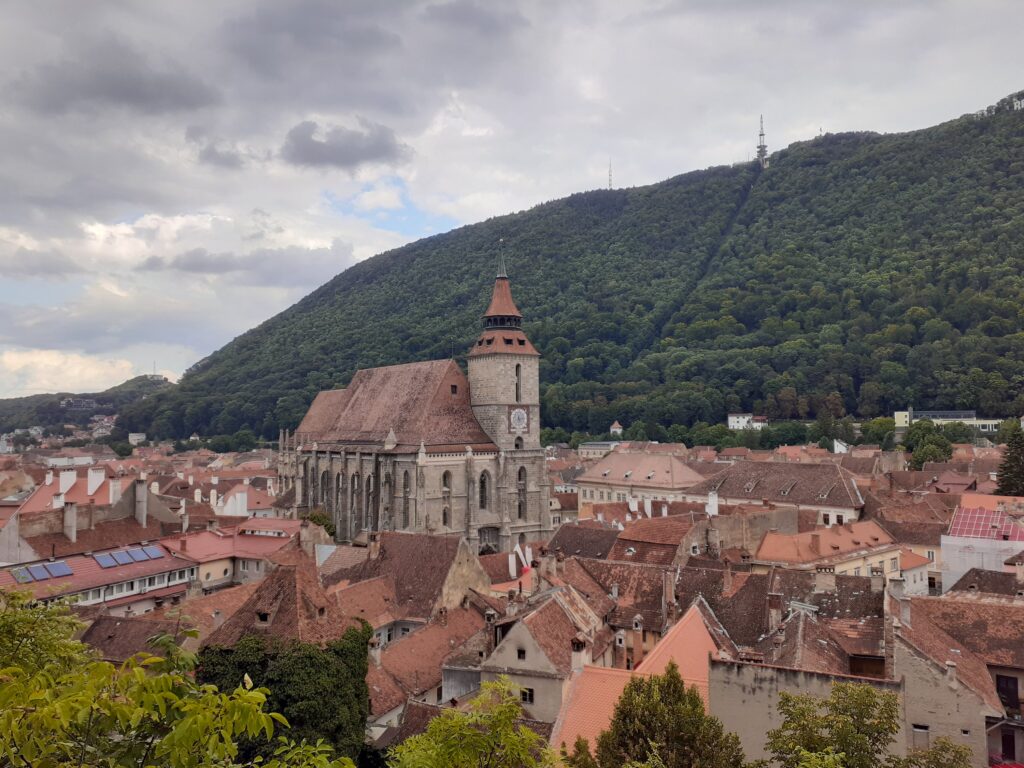
Braşov is the capital of Braşov County and is situated roughly in the centre of Romania. It has a population of approximately 240,000 (2021).
The area in Transylvania, surrounded by the Carpathian Mountains, was originally inhabited by Bulgarians. Later, after conquest and settlement by Hungarians, many German Saxons colonised the area, mainly engaged in mining and agriculture. Later, German merchants became wealthy and politically powerful in the city, which was located at a strategic point on the route between the Ottoman Empire and Western Europe. Several fortresses were also built near the city by medieval artisan guilds.
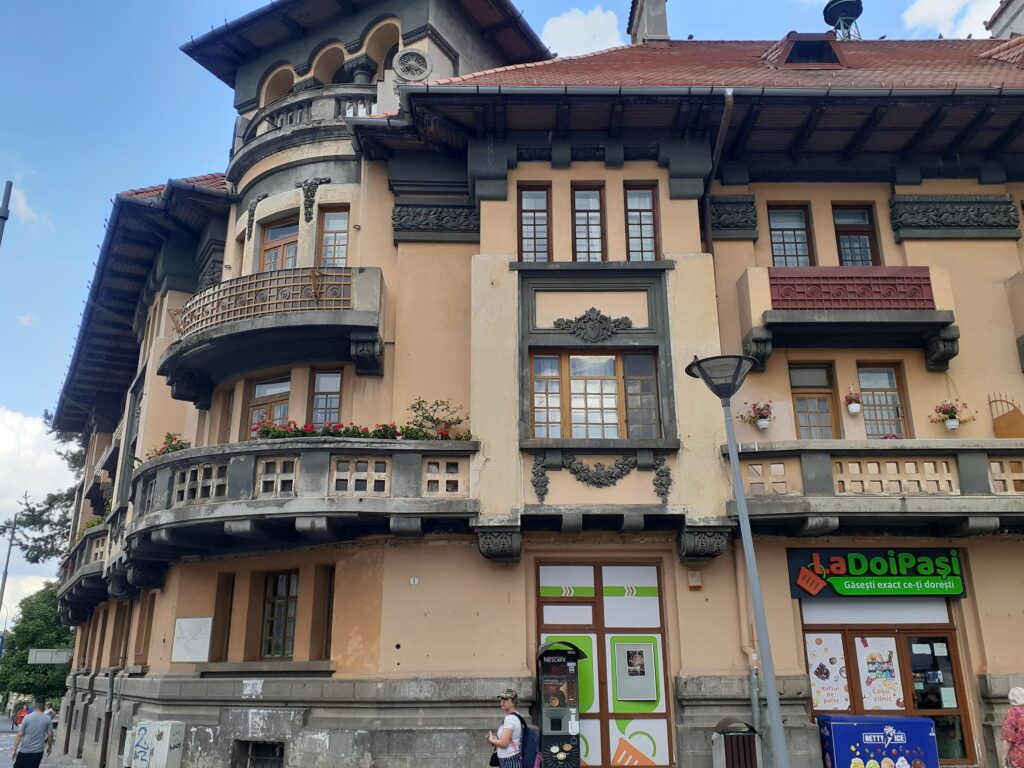
Although the Transylvanian region was annexed to Romania in 1918, Braşov became increasingly prosperous during the two subsequent World Wars. However, after the end of the Second World War, the German citizens of Braşov emigrated to the former West Germany under pressure from the Soviet Union.
As such, Braşov is one of the most important cities in Romania, both historically and geographically. There are many tourist attractions both in the city and in the suburbs, so it is a city that you should take the time to enjoy.
The Black Church
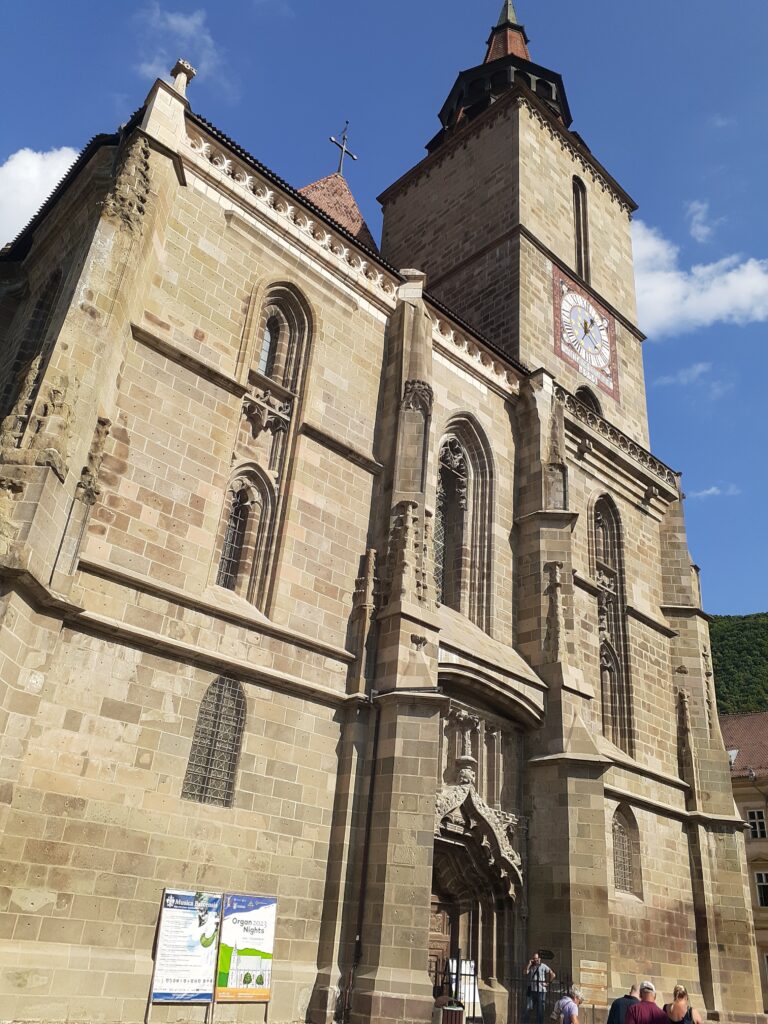
This Gothic church was built by the Saxons in the 14th-15th centuries. It is the largest and most important religious building in the region and is a prominent landmark in the city, even from the Black Tower. Its size is intimidating when standing up close.
The date of its construction is not known, but work began in the 14th century and was completed in the 15th century. The reason it is called the Black Church is due to its dark appearance. However, the cause of the darkening of the walls is said to be a fire in 1689 or air pollution caused by industrialisation since the 19th century. It was not until the end of the 19th century that it became known as the ‘Black Church’, at least.
There is a square with several historic buildings in the vicinity, which is a good place to stop off for a stroll. Admission is 20 lei per person and there is a ticket office opposite the church entrance.
Cathedral of St Nicolae (Biserica Ortodoxă Sfântul Nicolae din Șchei)
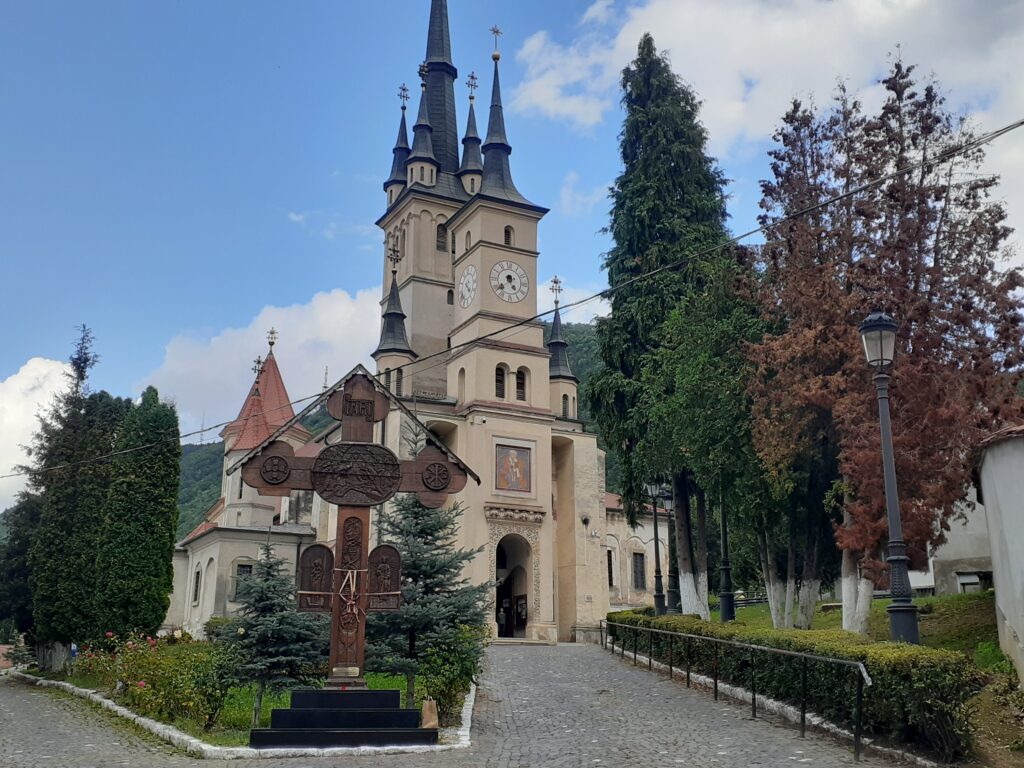
The date of construction is uncertain, but it is believed to be the oldest Orthodox church in Braşov. It has been rebuilt and renovated several times since its completion, and is a unique building with various modifications in an eclectic mix of Gothic and Baroque styles.
There is a wooden cross at the entrance to the access road to the church. Entry to the interior of the church is free, but photography is not permitted.
The First Romanian School Museum
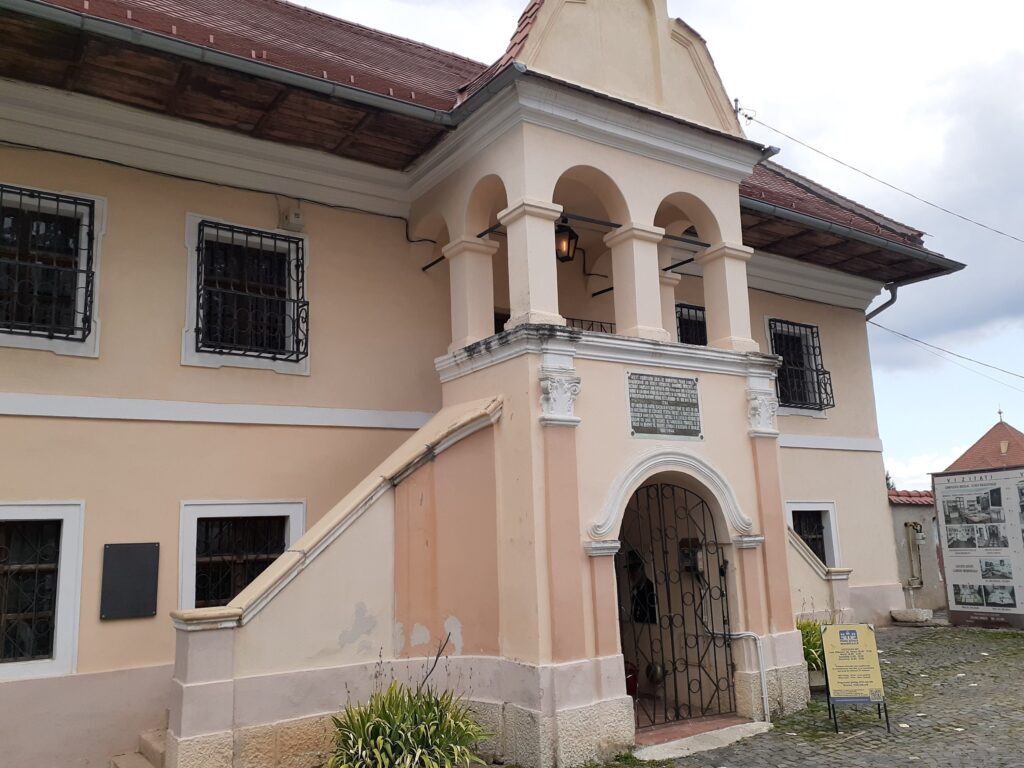
Located in the grounds of St Nicholas Church. The building itself dates from 1495 and commemorates the first time Romanian was taught in the school in 1583. Until then, schooling had been conducted in Church Slavonic.
The school remained in use until 1850 and was converted into a museum in 1964. The library preserves 6,000 books that were used, and the museum also houses Romania’s first printing press. The entrance fee is 20 lei per person.
Black Tower (Turnul Negru)
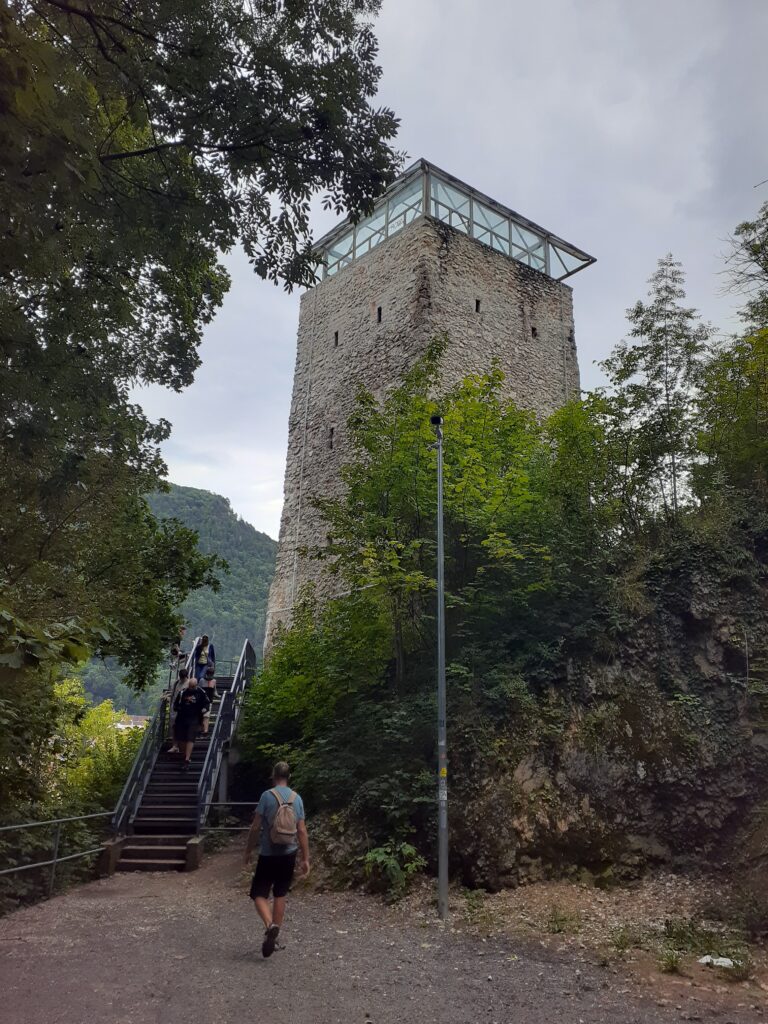
Built in the 15th century as the observation tower of the Braşov fortress, it is 11 m high, but its original roof was lost in a lightning strike and fire. A staircase leads up to the observation terrace, where you can enjoy a panoramic view of the city of Braşov. The overwhelming size of the Black Church seen from here will take your breath away.
White Tower (Turnul Alb)
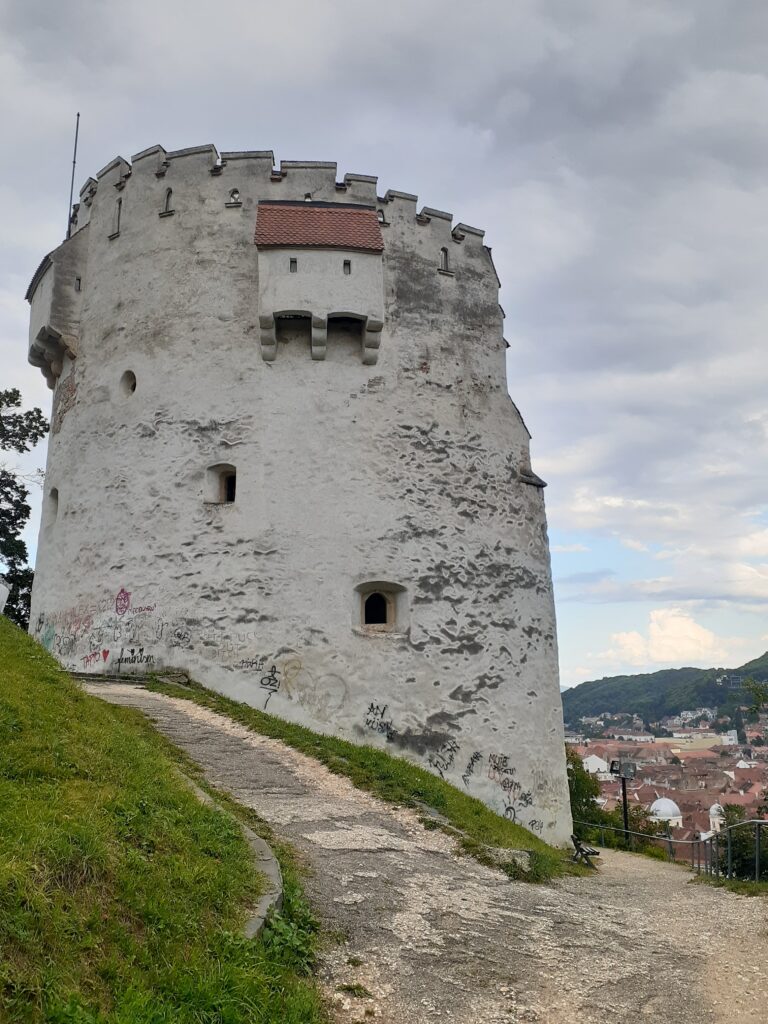
Built between 1460 and 1494. The semi-circular White Tower was 20 m high and was the highest point in the Braşov fortress. It was built on the slope of a hill with five storeys. The white walls were somewhat marred by graffiti.
Ekaterina Gate (Catherine’s Gate)
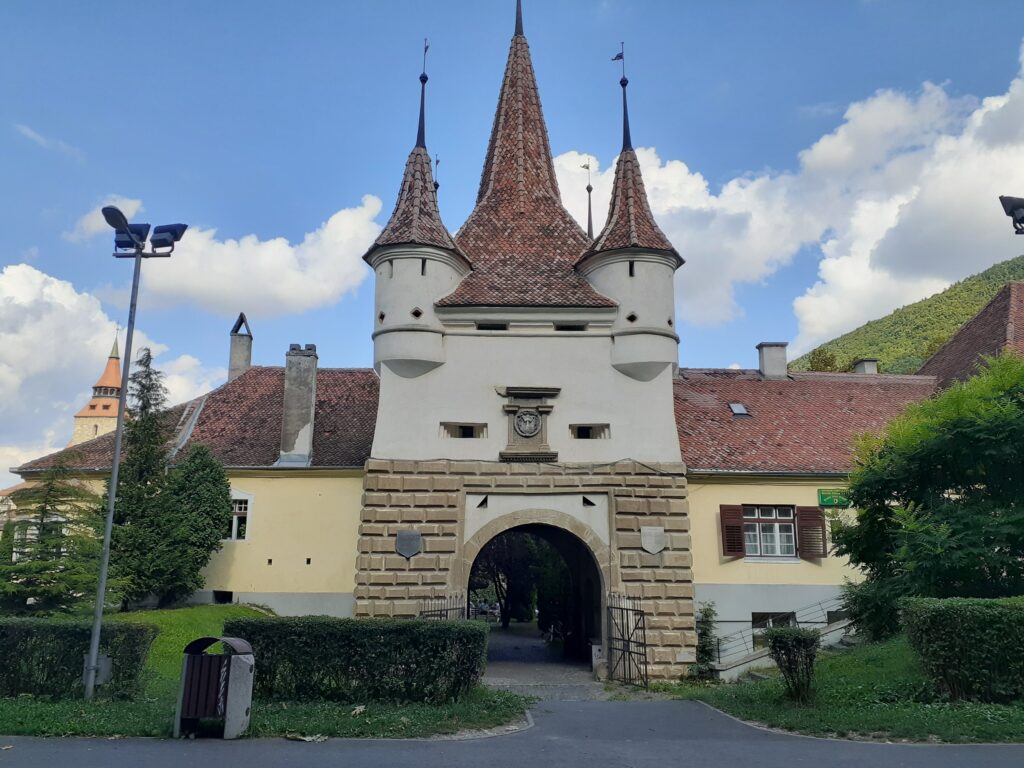
This gate is more spectacular and eye-catching than the Şchei Gate, which is right next to it.
There was originally an old gate here, but it was destroyed in a flood and rebuilt by the Tailors’ Guild in 1559. The gate was named after the monastery that was here.
During the Saxon rule, Romanians who could not own property within the fortress lived outside the walls. This was the only gate through which Romanians living outside the fortress were allowed to pass. The city’s coat of arms is painted on the upper part of the front tower.
Romanians who farmed outside the castle had to pay a fee when they passed through this gate to sell their produce inside the castle. The four-cornered tower with its sharply shaped roof represents the town’s right to pronounce a death sentence and symbolises the ‘sword’. When you think about it, the gate looked intimidating.
The “Șchei” Gate
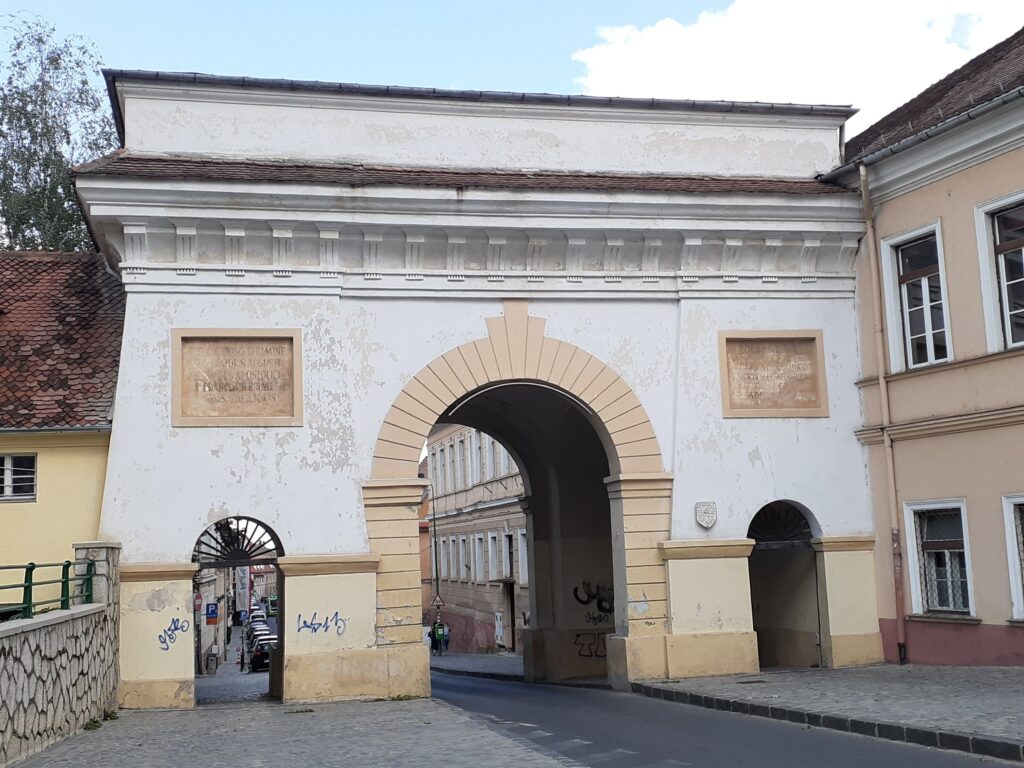
Built in 1828, this gate is located right next to Ekaterina Gate, but has a completely different atmosphere from it. It has a large central arch gate and two smaller pedestrian arch gates on either side.
Brasov City Council House (The Council’s House)
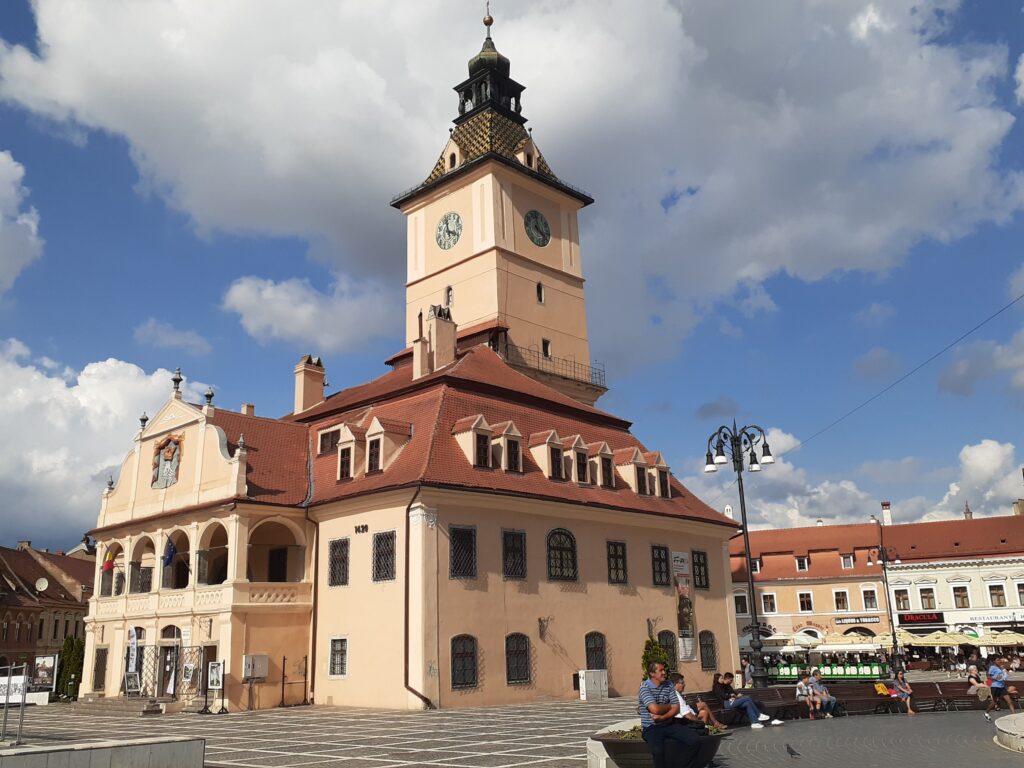
The Council’s House is the central building in the busy tourist area of Sfatului Square. Originally built as a watchtower, it’s construction started in 1420. It has been extended, rebuilt and restored many times since then, but as the city developed, it was used as the old town hall. There was also a prison in the basement. The black and yellow pyramidal roof seen today was built in the early 20th century.
Sfatului Square (Piața Sfatului)
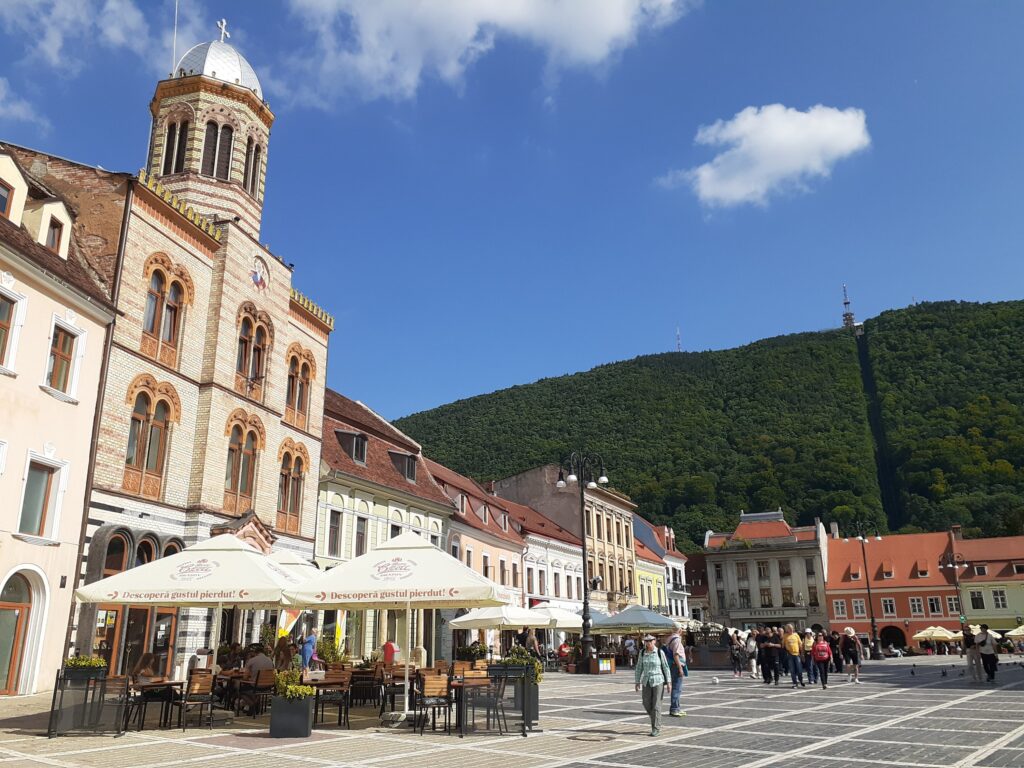
Located in an area of historic buildings in the city of Braşov, this square attracts many tourists. It is lined with many restaurants and cafés, as well as the Old Parliament building and the Black Church, and was also the site of public executions in the Middle Ages.
The colourless geometric fountain in the centre is a reminder of the country’s communist past.
The City Hall of Brașov
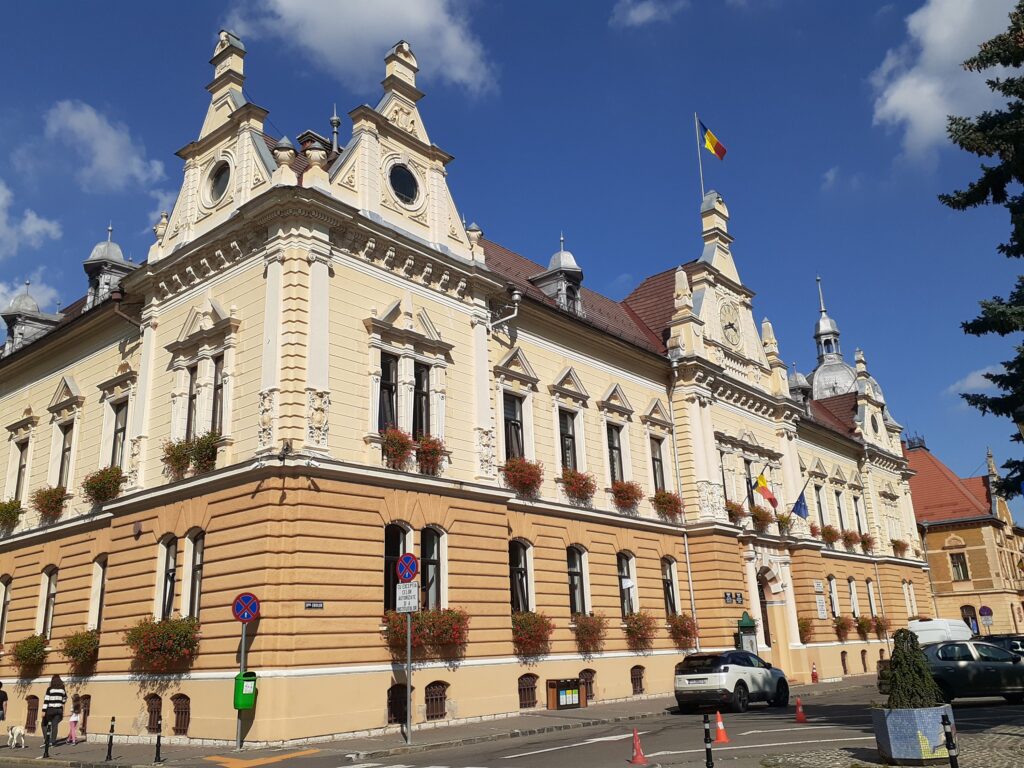
Originally built in 1898 and originally designed as the Ministry of Finance, the three-storey building has a hexagonal dome roof and is ornately decorated with a clock inlaid into the facade, making it beautiful from all angles.
Brașov Judicial Palace (Consiliul Județean Brașov)
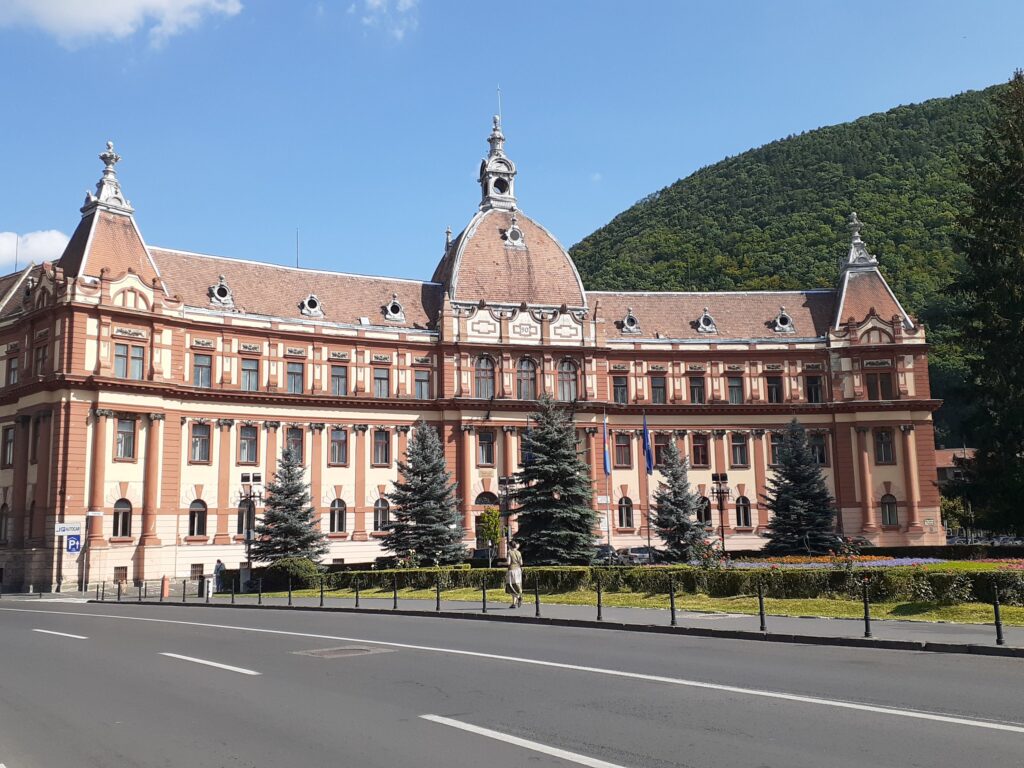
Built in 1902 as the seat of the Braşov Royal Legislature. The building’s gently curved design is impressive. The design is said to combine elements of Art Nouveau, Neo-Baroque and French eclecticism. Afternoon is the best time to take photos.
The annex houses the Central Prison, where Nicolae Ceausescu was imprisoned.
Accommodation in Braşov
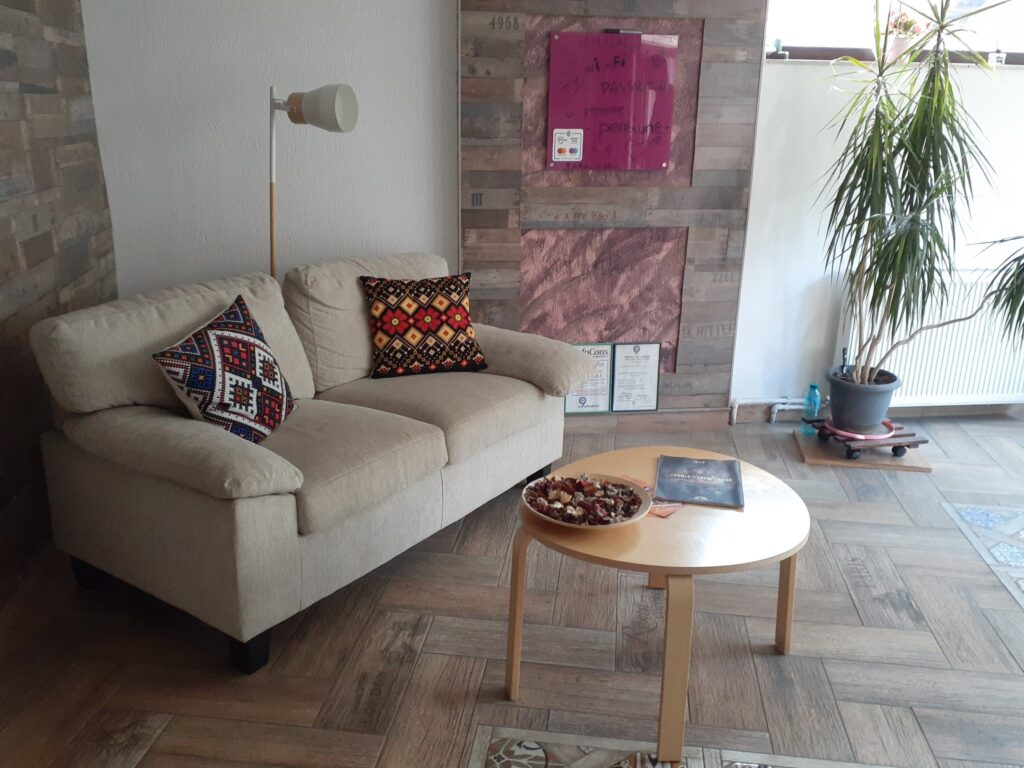
In Brasov, we stayed at the guesthouse Trip. The accommodation is run by a couple who speak good English.
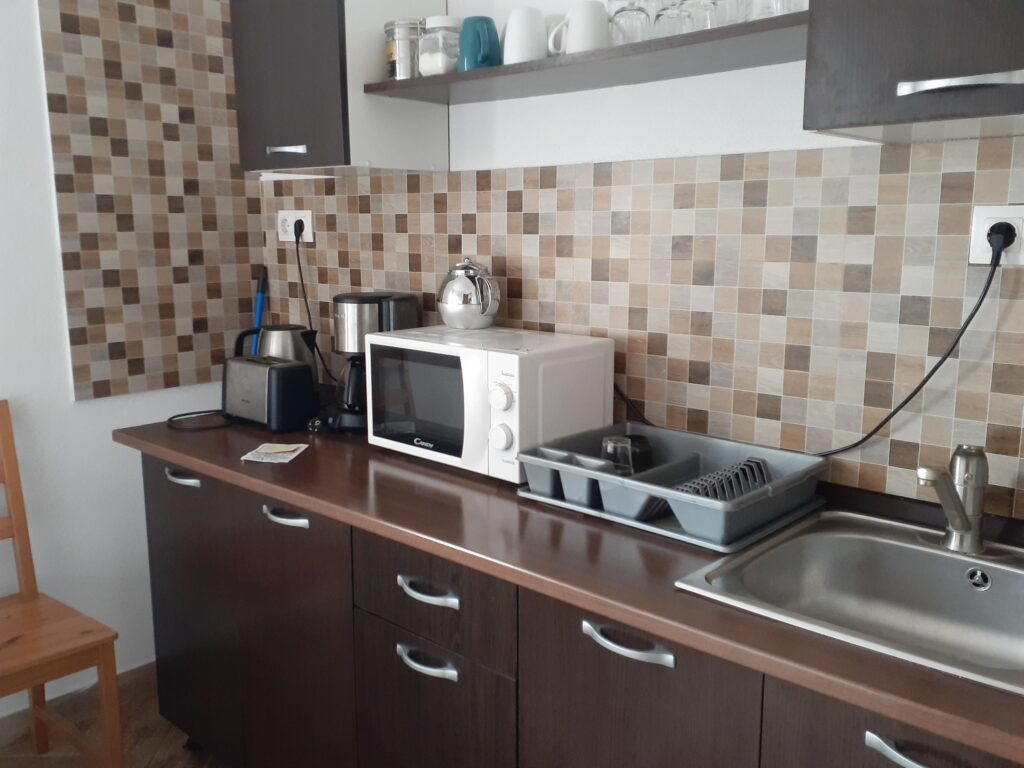
The main room with a double bed, with an entrance area and bathroom, and a walk-in storage room, was like a mini-suite. The kitchen is shared but was well maintained, clean and easy to use, except for the cooking stove.
The price was 243 lei per room per night as we booked via an online booking website, but it could be cheaper if booked directly.
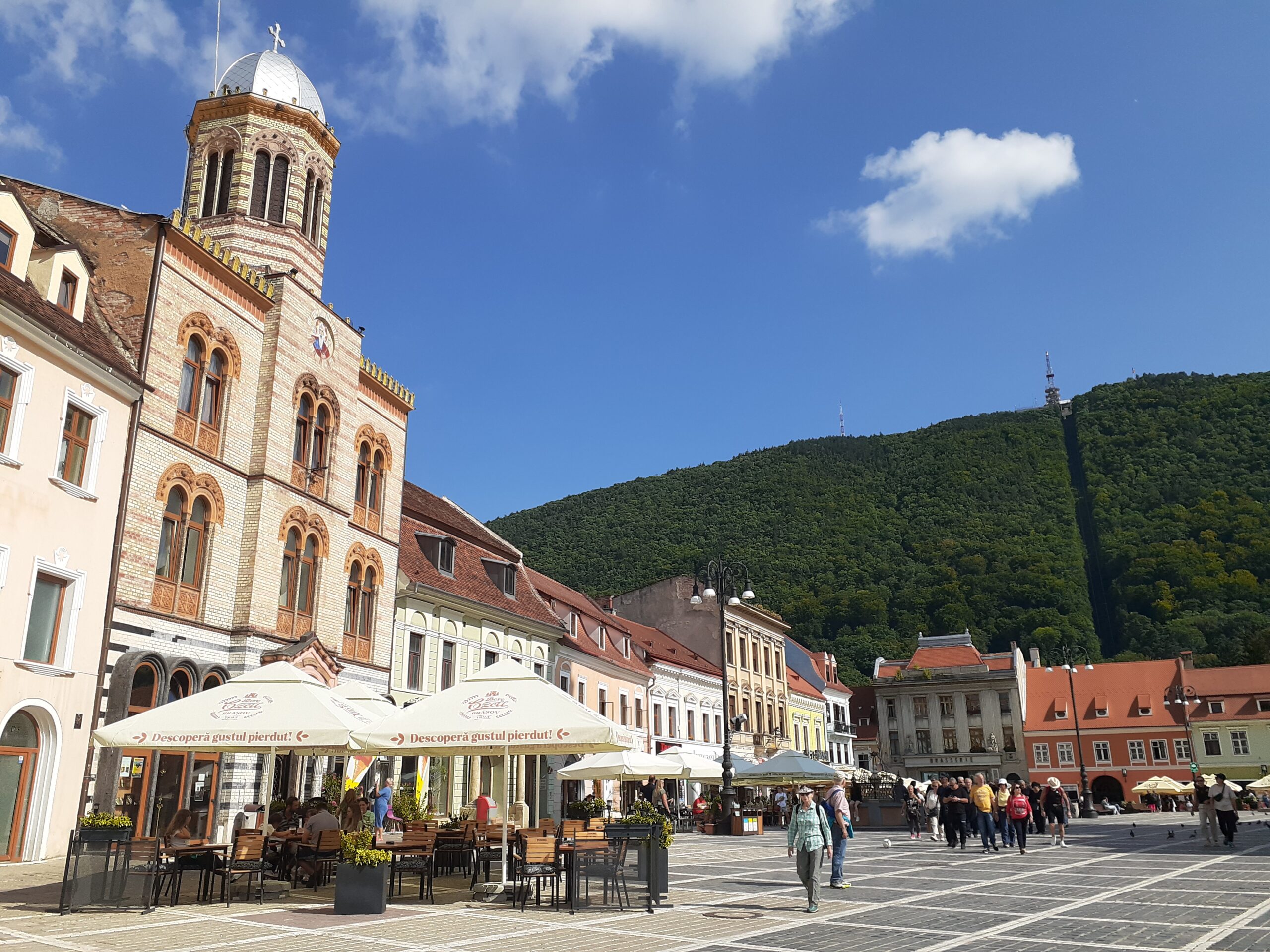


Comment